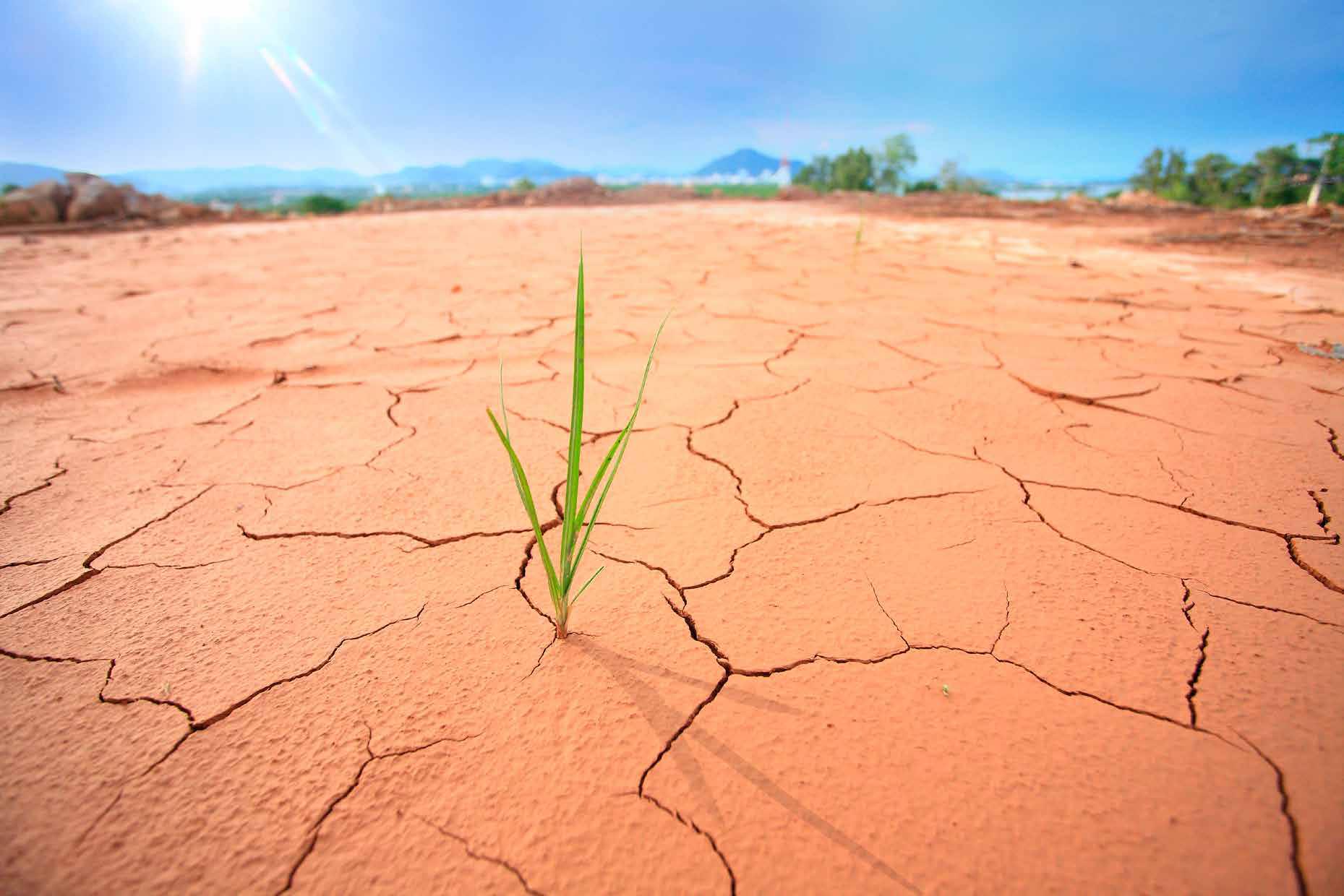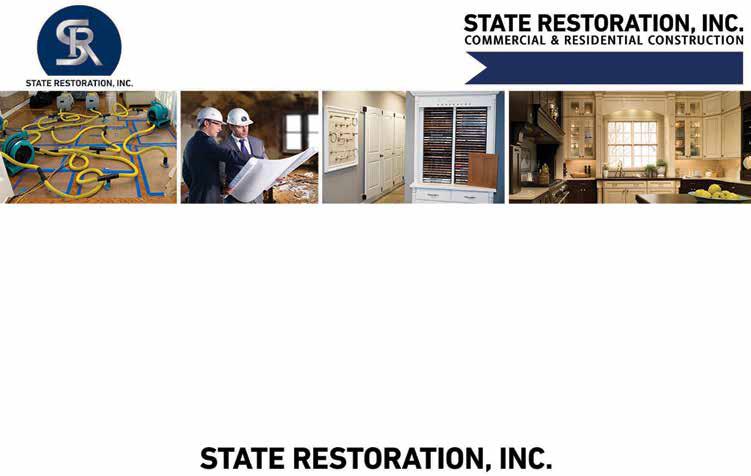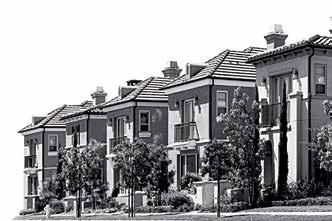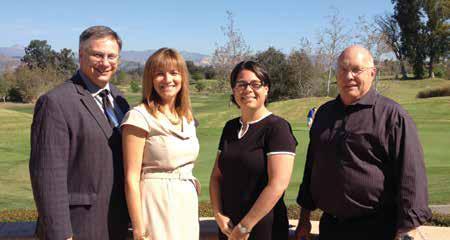
8 minute read
From the Roundtable
In the fall of each year, your CACM Board of Directors participates in strategic visioning. The focus of strategic visioning is to continue and develop goals and activities that meet the needs of our members – and more specifically, the needs of community manager members.
During this past strategic visioning, the Board studied and reviewed the results of our 2014 Membership Survey. These results were particularly important as our organization is transitioning into a new time and new era. Not only will the President & CEO of our organization change, but the composition of the Board is also changing. (Learn more about CACM's new President & CEO, David Zepponi, on page 52.)
The end of this year we will begin to see the results of our collective decision to implement term limits for Board members. Dedicated and committed Board members Jacqueline Dynes, CCAM and Cherié McColley, CCAM will have each served more than 10 years on the Board. We offer them our sincere appreciation. The Board recently appointed three new members – John Cligny, CCAM, Phyllis Harkins, CCAM and Tiffany Lynch, CCAM. And with an election occurring in December of this year, we anticipate more new faces.
New faces bring new ideas; however, the Board’s direction as a result of the 2014 Membership Survey continues to spotlight these important concepts: • Public recognition of the community management profession is important. • CCAM certification should be recognized as the “standard of competence” for community management professionals in California. • CACM manager members should understand and comply with CACM’s Code of Professional Ethics. • CACM members should receive added benefits and value, such as resources and tools for success as a result of their membership.
Of course, there are many other important concepts and challenges for the Board and our new President & CEO, David Zepponi, to address in 2015 and beyond. So, how do we do this and do it better? We need your constant feedback, ideas and support.
We recognize your dedication to this industry and that with the changes in our industry overall, economics play a bigger factor in your participation. And, in consideration of your challenges, we continue to look for ways to increase benefits and options to you while balancing the realities of costs and the importance of your time.
Look for us, your board members, at CACM events. Talk with us; share your ideas and your concerns. We want and welcome your input – it is absolutely essential to our continued mission of being a premier resource for California community managers.
On behalf of the CACM Board, Melinda Young, CCAM, PCAM Board Chair
Governor Brown declared a state of emergency as of January 17, 2014 due to the drought in California. This prompted a number of legislative items addressing how residents and associations deal with the drought.
IS BROWN
THE NEW
GREEN IN
CALIFORNIA?

By Kay Ladner, CCAM
On July 21 of this year, the Governor signed Assembly Bill 2100, which prohibits cities, counties and community associations from imposing a fine or assessment against a property owner for reducing the watering of vegetation or lawns during any period the Governor has declared a state of emergency, or a local government has declared a local emergency, due to drought. The bill was further amended to provide that a

provision of governing documents, including architectural or landscaping guidelines, shall be void and unenforceable if it prohibits or includes conditions that have the effect of prohibiting water efficient plant materials.
Similar bills, like SB 992 and AB 2104, expand on AB 2100 and limit an association’s authority to regulate the percentage of “turf” required in architectural guidelines, prohibit required power washing and address restrictions on artificial turf. Keep in mind, all of these restrictions are only in place during a declared drought; making note of this in your architectural guidelines would be wise.
Our communities now have a delicate balancing act.
Maintaining property values remains at the top of our role, but how brown can we let it go? It would be important for boards to discuss this matter with their legal counsel to make sure property owners understand the association will do everything it can to keep the community looking nice, within the guidelines of this new law.
How did California get to this point? 1. Lack of rain and misuse of water resources seems to top the reasons for our drought. 2. So Cal Public Radio (scpr.org) notes each of us are to blame. Despite concerns, water usage in California was up by at least 1% in the month of May. 3. SCPR further comments that the Eastern Sierra continues to increase their usage for cattle and agriculture. The Lake Tahoe area had an increase in usage of 5% in the past year.
Continued on page 16
4.
5.
6. Additionally, the northern portion of the state is seeing a large usage of stolen water. Illegal pumps and pipes are found draining lakes and streams for the benefit of the marijuana industry, in addition to theft of domestic water. Hosing down driveways and walkways has proven to be a large area of waste. Lack of a conscious effort to reduce water usage.
As a manager, what should I be doing? 1. Be sure you understand the impact of the current legislation on each of the communities you manage. 2. Contact the water company for each community you manage to be sure you follow their adopted guidelines during the drought. 3. Discuss any watering restrictions with your landscape contractor. 4. Provide a lot of information, and often, to your residents about the legislation and restrictions related to their use of domestic water. 5. Reevaluate your architectural guidelines to be sure you are allowing water efficient landscaping,
CALL US: (800) 997-2206
FIRE • WATER • SEWAGE • EARTHQUAKE • WIND Available 24/7 State Restoration, Inc. is a Full Service Contractor dedicated to Providing and Being the Concierge of Restoration Services. We manage your loss from Start to Finish; with the initial Board Up, Remediation, Engineering, Construction & Meeting with each Individual Owner, all the way through the Final Inspection.








INTEGRITY, RELIABILITY & ACCOUNTABILITY SERVICES: Board Up & Roof Cover • Water Damage • Fire Damage & Loss • Storm & Wind Damage • Temporary Fencing • Building Shoring • Contacts Pack Out • Cleaning & Storage Condos • Apartments • Commercial • Industrial • Medical • Residential
6.
7.
8.
9. including artificial turf during times of drought. Provide your association(s) with information on the incentives being offered by your water provider for the elimination of sod and/or installing drought tolerant plant materials. Be sure your boards are not fining for unwatered lawns. Make sure you communicate with your owners that while lawns and plant materials may show signs of stress with these changes, it does not allow them to abandon their yards. Any dead plant materials are to be removed promptly due to fire hazards. Be sure you have legal counsel review your procedures and all changes made to your rules, guidelines, etc. As a user, what can I do to help? 1. Check to be sure you don’t have any drips or water leaks in pipes or hoses. 2. Don’t let the water run while you are brushing your teeth, rinsing dishes, cleaning vegetables, etc. 3. Place a bucket in the shower while you wait for the water to heat up. The average shower uses 4.4 gallons of water per minute, so make them quick. 4. While shaving, rinse your razor in a small amount of water in your sink. 5. Only run full loads in your dishwasher and washing machine. Each washing machine load uses an average of 11 gallons of water. 6. Minimize the use of your garbage disposal. 7. Mulch around outdoor plants. 8. Use a broom to clean off your patio and driveway. 10. Be sure to utilize a spray head that can be turned off while watering outside or washing your cars. Follow your local water agency’s guidelines for watering times and restrictions.
We can all see the signs of California’s drought, from lower levels in streams, lakes and rivers to the brown and stressed landscape throughout the state. Water is a resource we have taken for granted. It’s now imperative that we think about how we can conserve our water usage, whether it’s at work or in our own homes.
Kay Ladner, CCAM, is an Onsite Manager with Desert Resort Management in Palm Desert.
Information for this story was retrieved from www. scpr.org, www.savewater.com.au/how-to-savewater/in-the-home and eartheasy.com/live_water_ saving.htm.
MEET A BANK WITH 20 YEARS IN THE NEIGHBORHOOD.

No matter what size your community is, managing it can be a daily challenge. Union Bank ® Homeowners Association Services is here to help.
For over 20 years, we’ve streamlined the assessment collections process for community associations with specialized tools and services powered by Union Bank product solutions and our proprietary Smartstreet® technology platform. We offer a customized HOA lockbox with same-day processing to accelerate payment collection, reduce mail-in times for checks, and provide homeowners with convenient online payment options.
Whatever your needs, Union Bank provides solutions that make it easier to control your daily financial operations. Contact us today at 866-210-2333 to learn more.
HOAbankers.com Smartstreet.com







